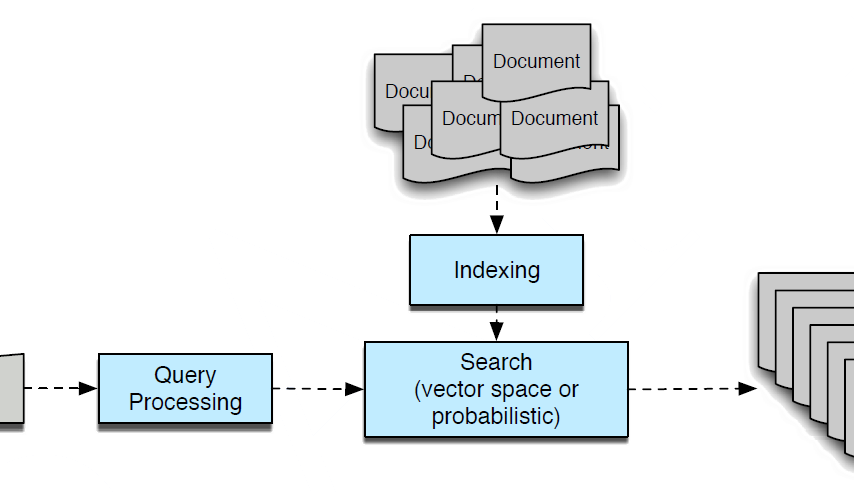Do you know how your computer seems to take forever to start up? And how once it finally does, do you have to search through several folders and subfolders before you can find that document you need? You don’t have to worry about that anymore. With a good document indexing solution in place, all your documents will be easy to find, no matter where they are stored on your computer. In this blog post, we’ll discuss the benefits of document indexing and explain how it works. We will also show you how to get started with document indexing so that you can enjoy its many benefits.
What is Document Indexing?
Document indexing is the process of creating an index for a document or group of documents. An index provides a way to quickly locate specific information within a document. Indexes can be created manually or automatically, and they can be stored in a variety of formats. Many word processors and document management systems include features for creating and managing indexes.
Indexes can also be created using specialized indexing software. Indexes can be used to locate specific information within a document, or they can be used to search for documents that contain specific keywords. In many cases, indexes are used in combination with other search tools, such as Boolean search operators.
How Does Document Indexing Power Document Retrieval?
Search engines work by sending out “spiders” to crawl the internet and collect information about each web page they find. They then use an algorithm to try to match search queries with the most relevant pages. However, this process can be inefficient, particularly when users are looking for specific documents rather than web pages. This is where document indexing services come in place.
By indexing the contents of documents, search engines can provide users with more targeted results. In addition, document indexing can help to improve the accuracy of search results by making it easier for search engines to identify relevant documents. As a result, document indexing is a powerful tool that can help to improve the efficiency of document retrieval.
How Does Document Indexing Power Information Search?
When someone searches for information online, they are usually looking for a specific document or piece of information. However, the search engine doesn’t necessarily know which document the person is looking for.
This is where document indexing comes in. By indexing the content of documents, search engines can match user queries with relevant results. In simple words, indexing makes it possible for people to find the information they need online.
Document indexing is a complex process, but at a basic level, it involves taking the content of a document and creating an index that can be used to quickly find specific information. The index includes keywords and other metadata that can be used to identify relevant documents.
When a user searches for something using a keyword or phrase, the search engine looks up the keyword in its index and returns a list of results that match the keyword. In this way, document indexing makes it possible for people to find the information they need online.
What are Some of the Benefits of Document Indexing?
Document indexing is the process of creating a structured summary of the contents of a document. This can be done manually or using the software. Indexing can be used to improve the usability of a document, making it easier to find information.
It can also help to improve the quality of search results, by providing more accurate and relevant results. In addition, indexing can help to reduce the size of a document, making it easier to store and share. As a result, indexing can offer significant benefits in terms of improved usability, quality, and efficiency.
How Can I Get Started with Document Indexing?
If you are looking for a way to organize your digital documents, document indexing may be the solution you need. Indexing involves creating a system of tags or keywords that can be used to search for and retrieve documents. This can be done manually, by creating a list of terms and corresponding document names, or automatically, using software that analyzes the content of documents and assigns keywords accordingly.
Either way, indexing can save you a lot of time and frustration when trying to find a specific document among a sea of digital files. If you’re not sure where to start, there are plenty of resources available online to help you get started with document indexing. With a little bit of effort, you can develop an efficient system for organizing your digital documents. You can also take the help of a top-rated Data Entry Services that can help you in getting started with proper document indexing-related work.
What are some of the best practices for document indexing?
Check the list of the best practices used for document indexing:
- First, be sure to use a consistent system for labeling and categorizing files.
- This will make it easier to find documents when you need them and will help to prevent confusion down the road.
- Second, create separate folders for each project or client.
- This will help you to stay organized and will ensure that you don’t accidentally mix up two different projects.
- Finally, take advantage of search tools such as keywords and tags.
- By tagging documents with relevant keywords, you’ll be able to quickly find them when you need them.
Conclusion
The indexing of documents is a process that allows for the retrieval and searching of information from those documents. This is an important process for both individuals and businesses as it allows them to quickly and easily find the specific information, they are looking for without having to search through every document on their computer or in their office. By understanding how this process works, you can better take advantage of its capabilities and use it to your advantage when trying to find information.



